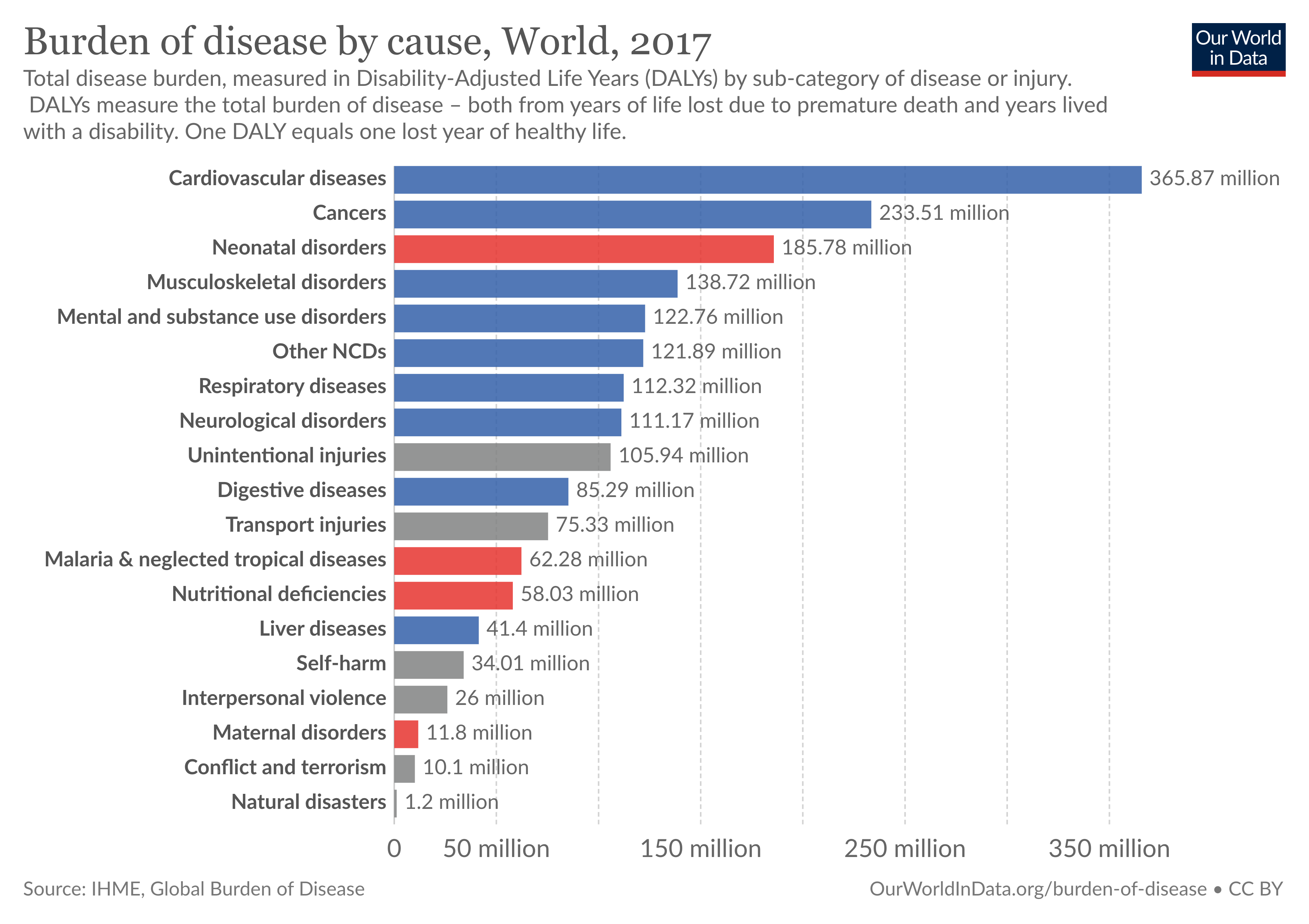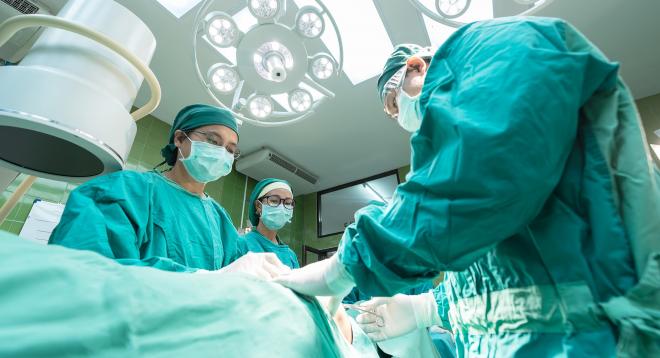Enabling smarter heart surgery
The Problem:
Heart disease is the biggest impact on healthy lives across the world. Blood vessel grafts treat dangerous blockages around the heart, but opinions on the best way to arrange the grafts vary between surgeons.The Solution:
A computer model is being developed that combines fluid dynamics with surgeon feedback. The model aims to discover the best techniques for arranging grafts to address different blockages.The Outcome:
By working with NeSI research software engineers, Krish's model became much more efficient, reducing calculations that ran for days to a number of hours. This means faster feedback to surgeons and more surgical scenarios can be explored.
Cardiovascular disease, meaning of the heart or blood vessels, is the number one burden of disease across the world. The most recent figures from 2017 show cardiovascular disease is responsible for the loss of 365.87 million years of healthy working life from the world’s population each year. It can lead to early death or disability.

Dr Krish Chaudhuri is a heart surgeon at Auckland City Hospital and a researcher at University of Auckland. Krish is working with NeSI research software engineers to build a computer model to help surgeons make better choices during coronary bypass grafts.
The most common operation heart surgeons perform for cardiovascular disease is a bypass graft. Bypass grafts create detours around heart artery blockages to bring back normal blood flow. This is done either by sewing a leg vein to the artery or diverting another artery to the heart. But there’s a problem in this process.
“There’s no significant consensus among surgeons as to which bypass grafts to use, where to place them and which arteries they feel are significantly enough blocked. There’s a lot of variation among practice,” Krish said.
“You can often see it when a certain patient is discussed amongst different surgeons and they plan different bypass strategies.”
The type and number of bypass grafts are left to each surgeon’s individual judgement. There’s a potential for unnecessary surgeries or bypasses that don’t work optimally. Krish’s model is trying to overcome this variance by modelling artery flow to find the best techniques for different blockages.
“This tool will help surgeons better understand how blood flows through the arteries. At the moment surgeons don’t have a great understanding of what happens to bypass grafts when arteries aren’t fully blocked. Sometimes the graft will not function which may lead to an unnecessary procedure,” Krish said.
The hurdle to this work is modelling blood flow through the network of vessels. There are many vessels and possible grafts to model, each requiring fluid dynamics calculations. This means any one scenario can take days to calculate. Krish approached NeSI and applied for a Consultancy project to work with NeSI research software engineerings to cut down this time.
“I started by writing my own Python code for the model. I was modelling a 109-vessel network and after four days the scenario had only 12 per cent completion. I needed to run dozens of scenarios based on surgeon feedback, so this just wasn’t working fast enough,” Krish said.
“The NeSI Consultancy led to this time being cut down to seven-and-a-half hours for the full scenario run. The biggest thing they did was identify an unnecessary loop in my code that was taking up the time, but there were a lot of small optimisations too.”
Krish was building his model during the COVID-19 outbreak, which presented unique challenges. Firstly, he had to run the model on his home computer, as he had limited access to university computers. This meant making the code more efficient was doubly important.
Secondly, Krish wasn’t able to meet face-to-face with either his supervisor or NeSI reserch software engineers. This meant Krish and NeSI had to adapt to using Zoom meetings to share ideas, give advice and work through the code together. It was this flexibility that allowed Krish to meet his deadlines.
“I’m extremely grateful to NeSI. They didn’t just help me with my code, they also took the time to educate me. I had no experience with high-performance computing, so they gave me a tutorial on basic Linux commands. I didn’t need to use Mahuika for this consultancy but my project may need it in future, so it’s good to have that knowledge,” Krish said.
The next stage of Krish’s research will see him getting surgeon feedback on different model scenarios. This will include many scenario runs, relying on Mahuika to simultaneously run up to ten new graft models at once, massively reducing Krish’s processing time.
Future collaborations between Krish and NeSI will mean better surgical practices and a better standard of living for the millions of people affected each year by heart disease.
For a closer look and more technical dive into how NeSI research sofware engineers worked with Krish, read this related Consultancy Case Study on the project.
Do you have an example of how NeSI support or platforms have supported your work? We’re always looking for projects to feature as a case study. Get in touch by emailing support@nesi.org.nz.







